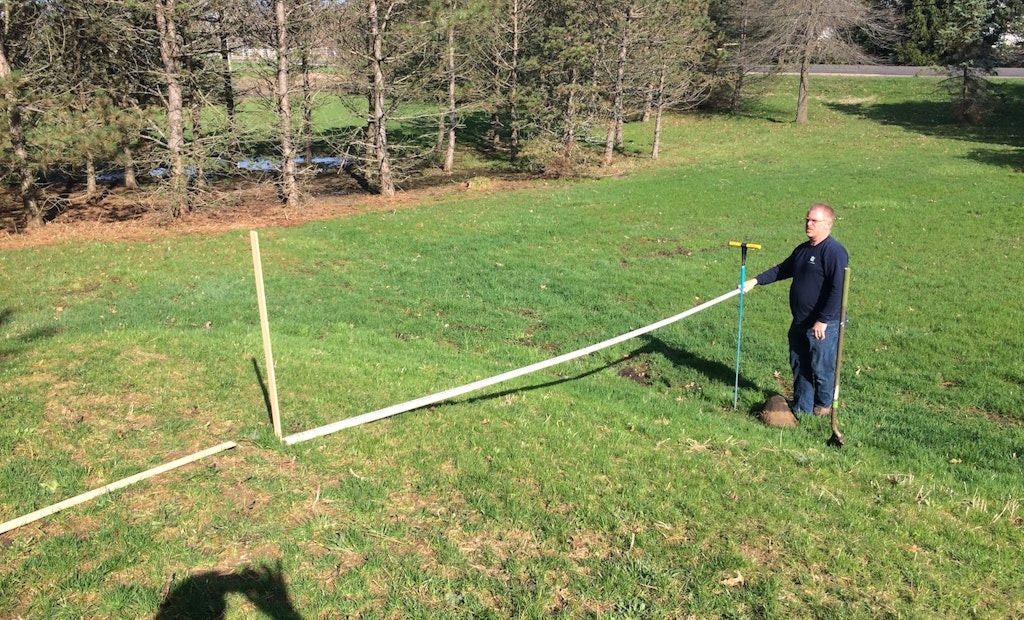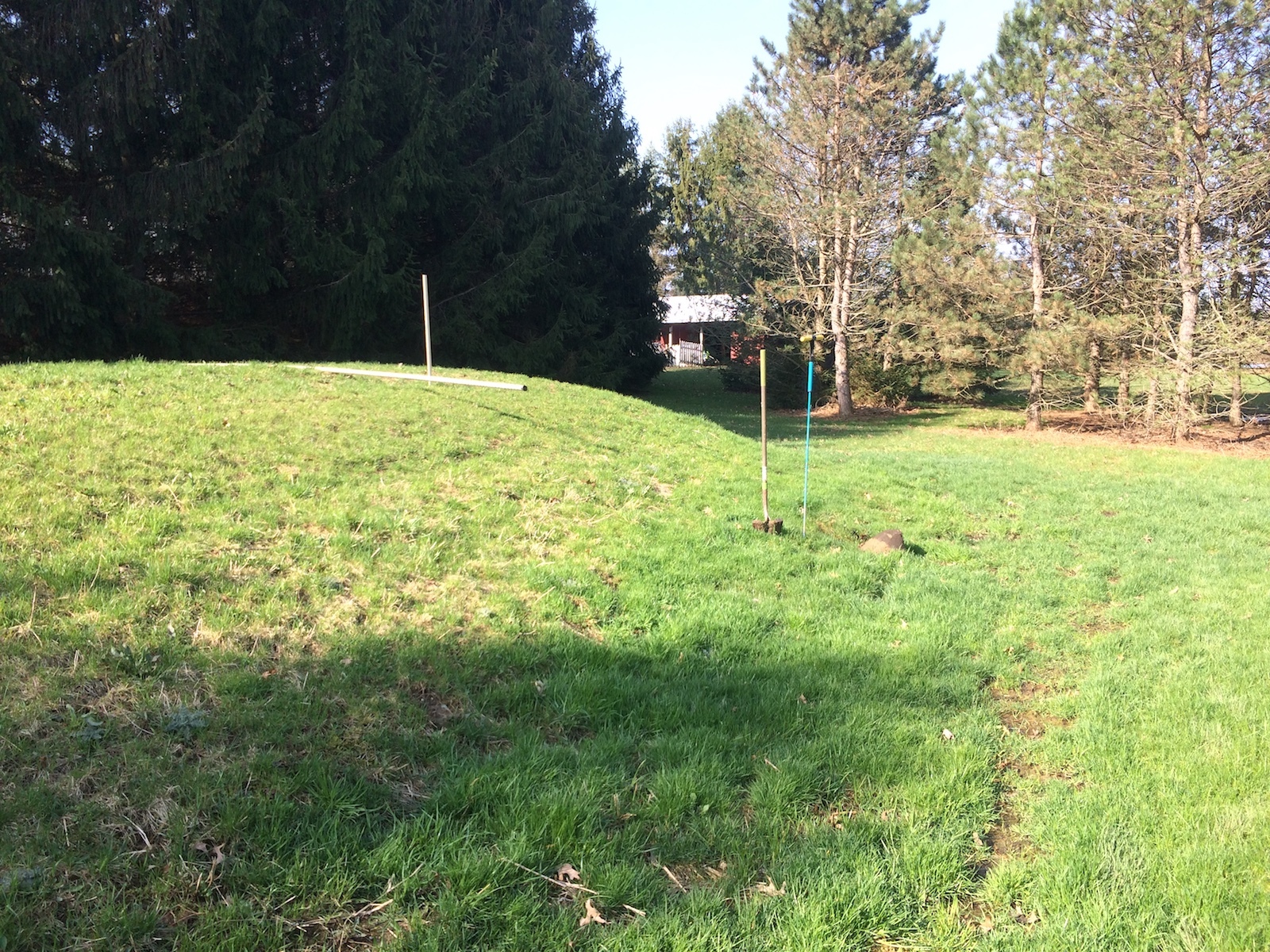Interested in Systems/ATUs?
Get Systems/ATUs articles, news and videos right in your inbox! Sign up now.
Systems/ATUs + Get AlertsGenerally mound systems perform very well in a wide range of soil types. As Larry Stephens, who runs a 20-year-old maintenance company, can testify: “Malfunctions in Michigan on managed systems with regular line flushing and pump maintenance are well below 1 percent with many systems 20 to 30 years old.”
However, occasionally one does not perform as expected, and in that case, you need to figure out why. As we’ve covered many times before, having the appropriate sand for mound systems and sand filters is very important.
Typically we focus on assuring that the sand is clean (less than 5 percent fines), but it’s also important the sand not be too coarse. If sand is too coarse, the concerns are poor treatment and rapid movement of effluent. The poor treatment is due to the large pores in the coarse sand, which results in decreased retention time and soil surface contact, which leads to poor pathogen treatment. If the effluent moves too quickly through the sand, the underlying soil may not be able to accept it quickly enough and seepage at the toe may occur.
It is important that a means of uniform distribution, such as a low-pressure pipe or drip distribution system, be used for mounds and at-grade systems to provide even distribution of the effluent. Mounds and at-grades are frequently dosed using “demand” dosing means. This often results in large doses of 100 to 200 gallons at a time. With demand dosing, the pump activates when a volume of effluent fills the pump tank to a prescribed level and is solely dependent on the amount of water used in the dwelling or facility. This is the simplest form of dosing but results in variable delivery of effluent to the following component of the system. Another consequence of demand dosing is that if excess flow occurs (such as a leaky toilet), all of the extra effluent will be pumped to the mound/at-grade system without a high-water alarm being activated. Having a running time clock or event counter on your pump is another important addition that should be considered for all systems with a pump, as it will provide a way to track flow through the system.
Timed dosing configurations include an adjustable timer that controls the pump rest interval and run time for specific dosing regimes. Utilizing timed dosing instead of demand dosing mitigates variations or peaks in wastewater flow and can cause an alarm to occur if the design flow is exceeded. Peak flows from the dwelling are also stored and then dosed to subsequent components evenly throughout the day. Timed dosing configurations are useful for all systems with a pump. Time dosing with uniform distribution and smaller doses will improve performance in above-grade systems. This is due to the smaller volumes of wastewater being applied, resulting in longer residence time of the effluent in the mound, and slower application rates to the soil below.
Another related item to consider with at-grade systems is on sites with slopes. If there are slowly permeable soils below the rock/distribution media, designers and installers must be careful that there is enough downslope area to allow for absorption, as there may be a tendency for effluent to move quickly through the distribution media and come to the surface at the toe. Designers should consider reducing the contour loading rate, as slopes get steeper to mitigate this concern, or choosing an alternate design.
For other ideas when troubleshooting mounds, see: "Troubleshooting Mound Systems".
About the author: Sara Heger, Ph.D., is an engineer, researcher and instructor in the Onsite Sewage Treatment Program in the Water Resources Center at the University of Minnesota. She presents at many local and national training events regarding the design, installation, and management of septic systems and related research. Heger is education chair of the Minnesota Onsite Wastewater Association and the National Onsite Wastewater Recycling Association, and she serves on the NSF International Committee on Wastewater Treatment Systems. Ask Heger questions about septic system maintenance and operation by sending an email to kim.peterson@colepublishing.com.








